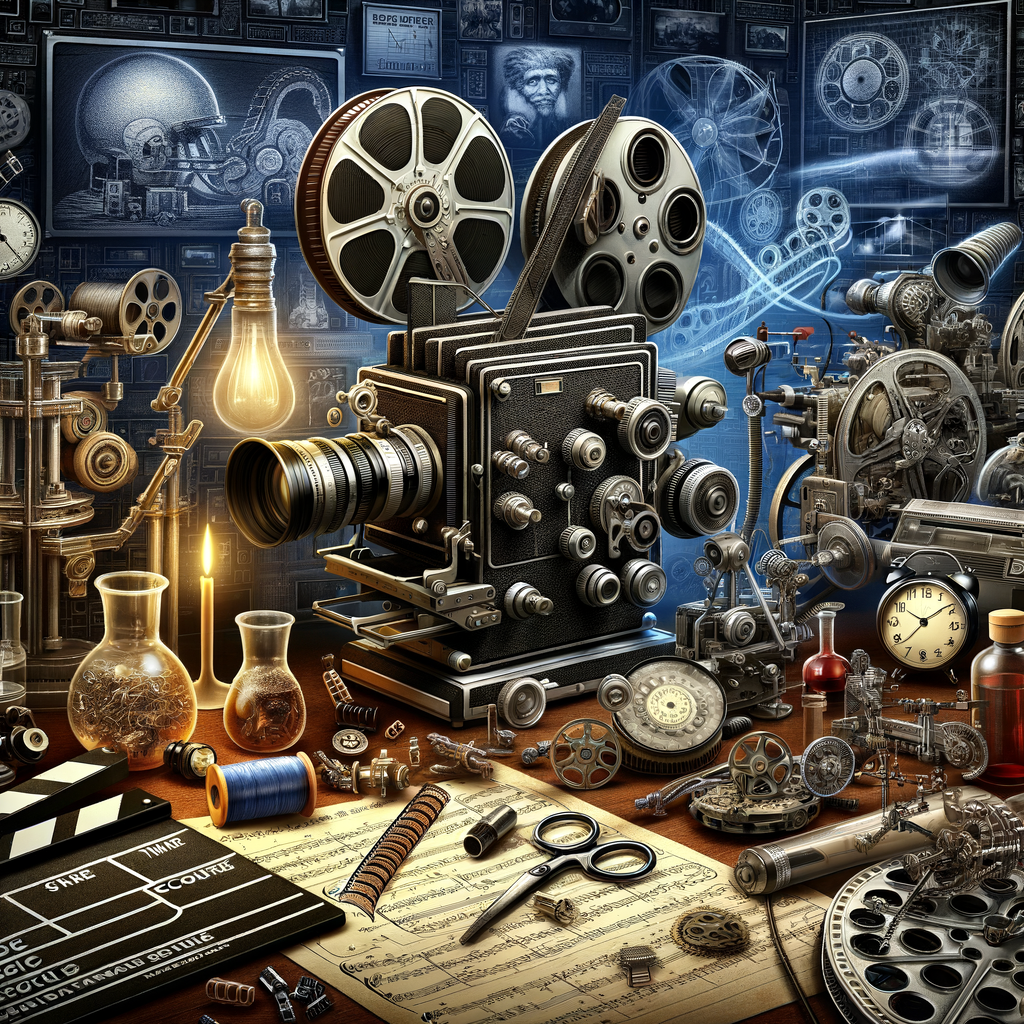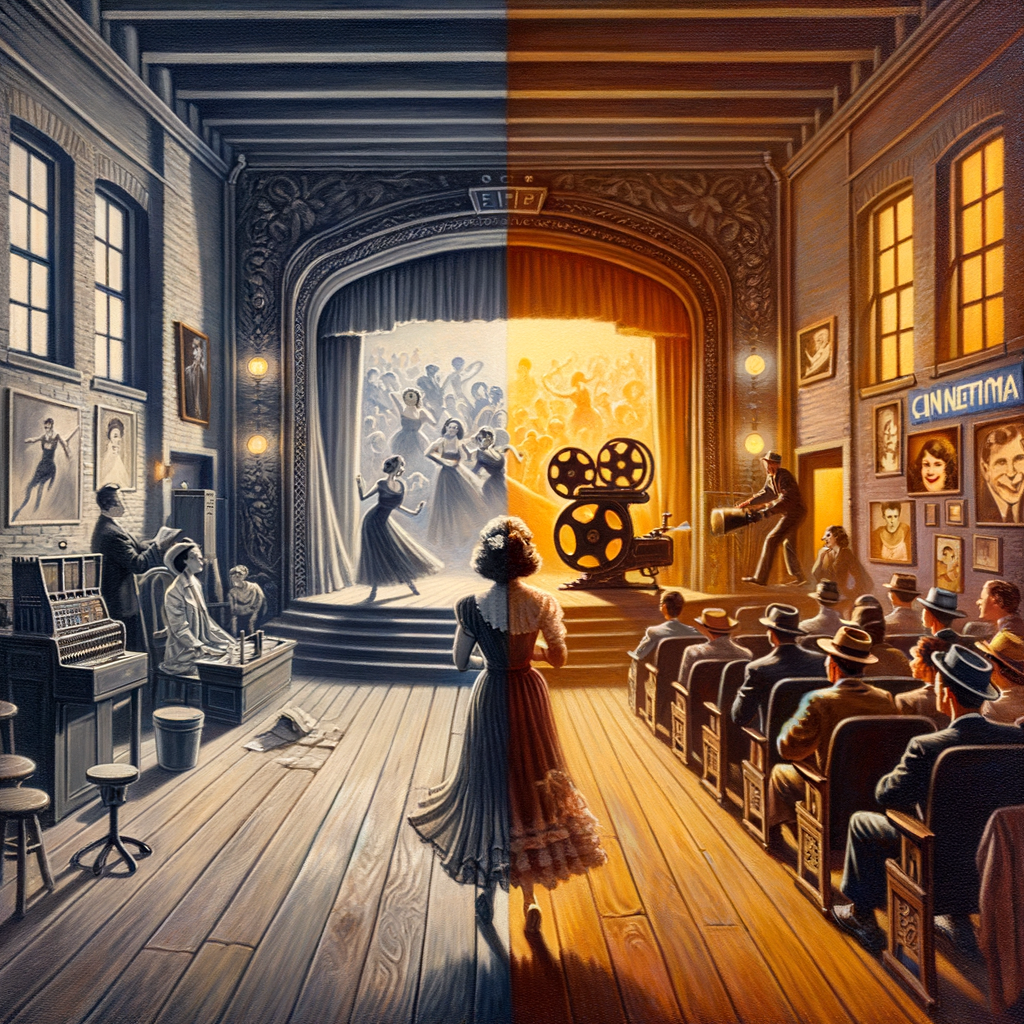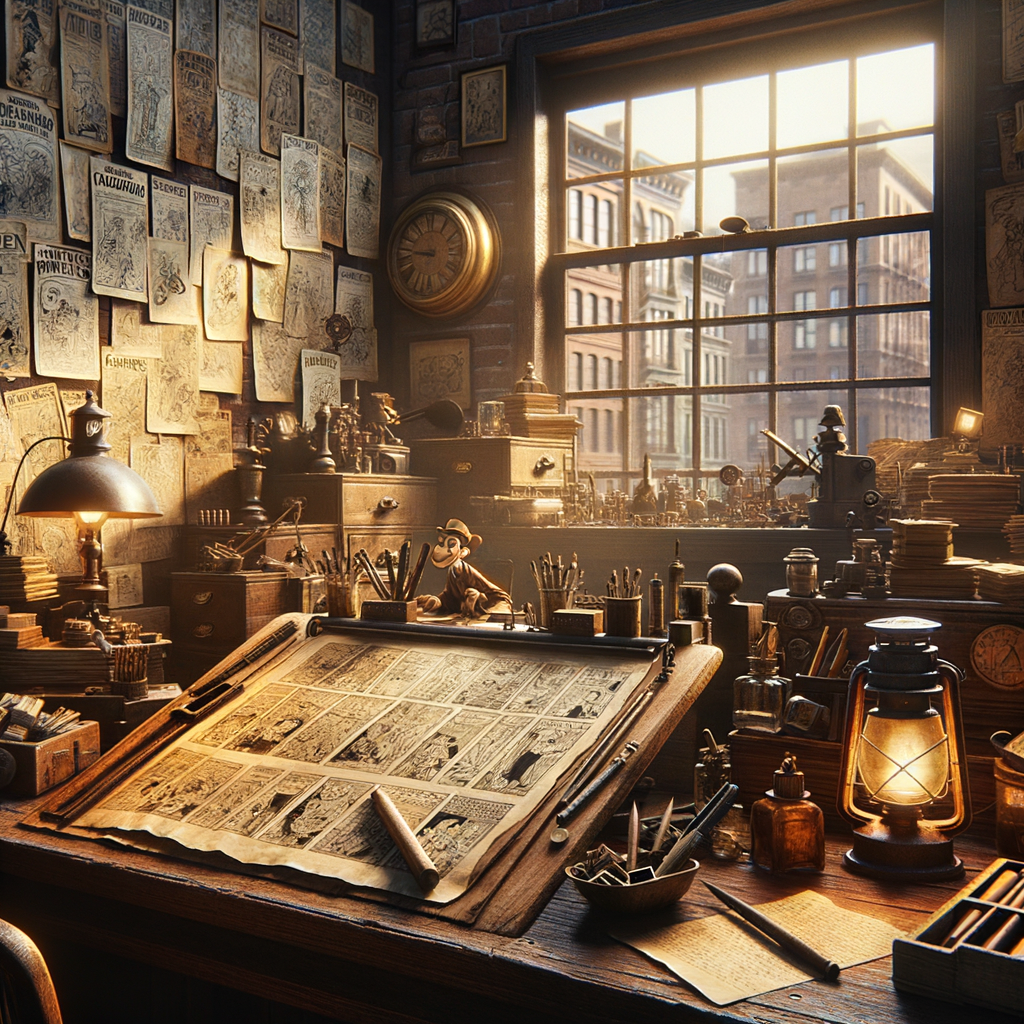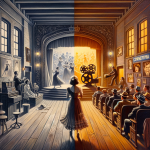Now Reading: A Journey Through the Life of Mae Costello: A Stage and Film Pioneer
-
01
A Journey Through the Life of Mae Costello: A Stage and Film Pioneer
A Journey Through the Life of Mae Costello: A Stage and Film Pioneer
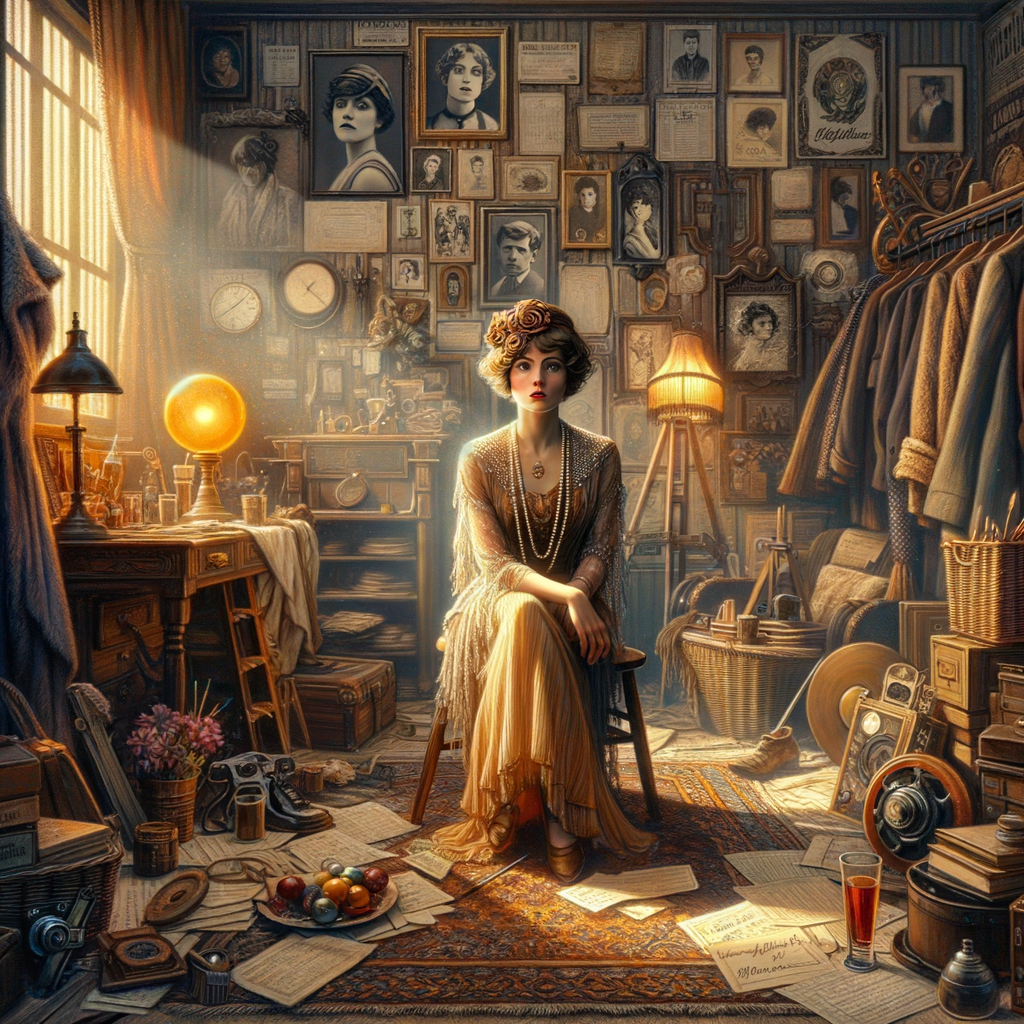
A Journey Through the Life of Mae Costello: A Stage and Film Pioneer
Mae Costello, born Mae Altschuk, was a notable actress in the early 20th century whose talent spanned both stage and film. Born in Brooklyn, New York, she made significant contributions to the arts during a pivotal time in American entertainment history. This blog post delves into her life, career, and the legacy she left behind.
Early Life and Background
Mae was born into a Jewish family in Brooklyn in 1882. Growing up in a bustling and culturally rich environment, she was exposed to the arts from an early age. Her parents, understanding the value of education and culture, encouraged her to pursue her passion for performing.
Rise to Fame: Stage Career
Costello’s career took off in the early 1900s when she appeared in various theater productions. Here are some key highlights from her stage career:
- Joined the Orpheum Circuit, a collection of vaudeville theaters that showcased the era’s leading performers.
- Acted in notable plays such as “The Royal Family” and “The First Year”.
- Gained recognition for her comedic talent and dramatic skills, making her a sought-after performer.
Transition to Film
As the film industry began to flourish, Mae Costello transitioned to the silver screen in the 1910s. Her film work helped establish her as a versatile actress able to captivate audiences in both live performances and cinematic roles. Notable films include:
- “The Heart of a Hero” (1916)
- “The Girl from Chicago” (1927)
- “Behind the Scenes” (1928)
Partial filmography
The Money Mill – Mrs. King (1917)
Her Right to Live – Mrs. Biggs (1917)
When a Woman Loves – Mrs. King (1915)
The Taming of Betty – Mrs. Cutler (1913)
The Spirit of the Orient (1913)
The One Good Turn (1913)
The Mills of the Gods – The Nurse (1912)
Diamond Cut Diamond – The Telephone Operator (1912)
Her Crowning Glory – The Nurse (1911)
Her transition was not without challenges; the silent film industry was evolving rapidly, and she adapted well, proving her mettle in front of the camera. Mae’s performances were marked by her ability to evoke emotion and connection, traits that endeared her to audiences.
Personal Life
Despite her success, Mae Costello’s personal life was tumultuous. She married fellow actor Edward Costello, but the marriage faced numerous strains, primarily due to the demands of their careers.
Legacy and Impact
Mae Costello continued to act throughout the 1930s but gradually stepped back from the limelight. Her influence remains palpable in the realms of theater and film. Her storytelling ability and emotional authenticity set a standard for actresses who followed in her footsteps.
Mae’s career was long overshadowed by those of her husband and their two daughters, Helene Costello and Dolores Costello, and today she is remembered solely as a matriarch in America’s longest acting dynasty (the Barrymore-Drew clan). Her grandson was actor John Drew Barrymore; her great-granddaughter is actress Drew Barrymore.
She died of heart disease at 47 on 8.2.1929.
In summary, Mae Costello, born Mae Altschuk, was an early 20th-century actress whose contributions to stage and film have left a lasting impact on American theater and cinema. She represents a generation of performers who shaped the landscape of entertainment forever.
Conclusion
As we reflect on the life of Mae Costello, we celebrate her resilience, talent, and pioneering spirit. Her journey from Brooklyn to the stage and screen is not just a personal story; it is a reflection of the evolving entertainment industry and the women who have shaped it. To honor her legacy, let us continue to explore and cherish the arts that she passionately contributed to.
Stay Informed With the Latest & Most Important News
Previous Post
Next Post
Previous Post
Next Post
-
 01Famous Writers from Brooklyn, New York
01Famous Writers from Brooklyn, New York -
 02A Comprehensive Look at Famous Novelists from Brooklyn, New York
02A Comprehensive Look at Famous Novelists from Brooklyn, New York -
 03The Impactful Journey of Donald Joel Aronow: A Boat Design Pioneer
03The Impactful Journey of Donald Joel Aronow: A Boat Design Pioneer -
 04A Scenic Journey: The Staten Island Ferry from Brooklyn to Manhattan
04A Scenic Journey: The Staten Island Ferry from Brooklyn to Manhattan -
 05Famous Sports Stars from Brooklyn, New York
05Famous Sports Stars from Brooklyn, New York -
 06A Look Back at the 1977 Brooklyn Blackout: Causes and Impacts
06A Look Back at the 1977 Brooklyn Blackout: Causes and Impacts -
 07A Comprehensive Look at Barry Manilow’s Brooklyn Roots
07A Comprehensive Look at Barry Manilow’s Brooklyn Roots

















